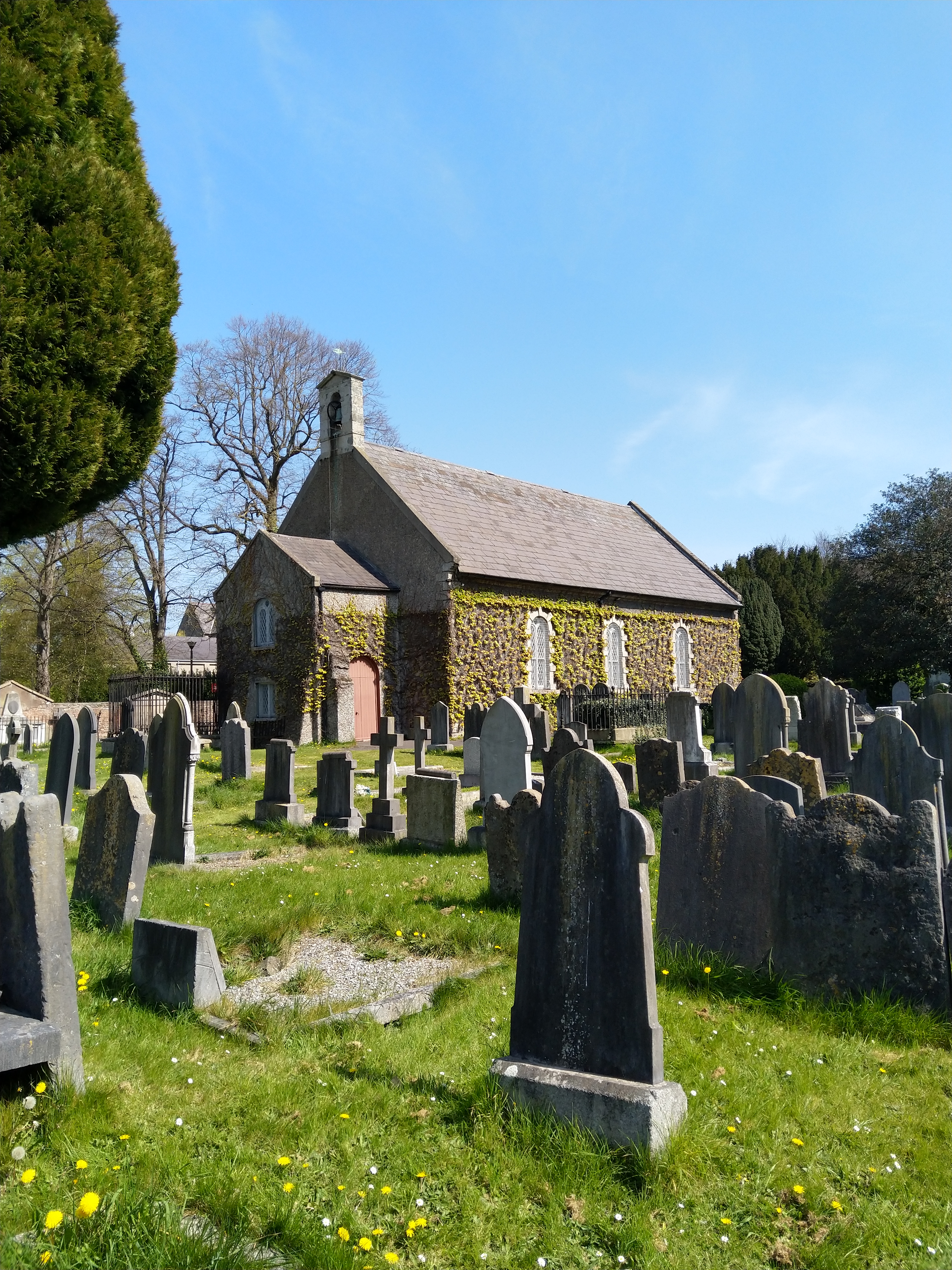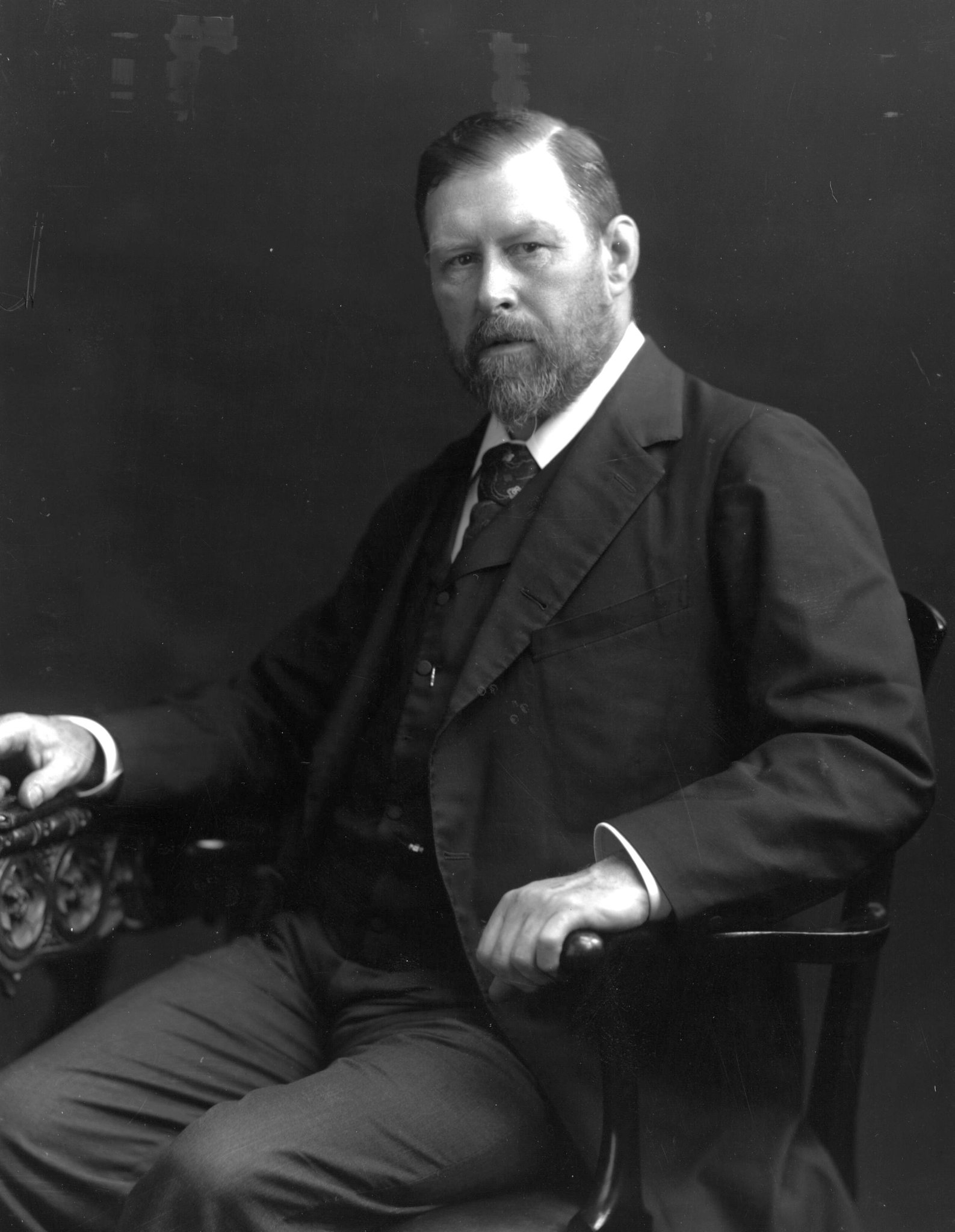|
St. Pappan's Church
St. Pappan's Church, is a Church of Ireland church in Santry, a suburb of Dublin. Today it belongs to the Santry (St. Pappan's), Glasnevin ( St. Mobhi's) and Finglas ( St. Canice's) Grouping of Parishes. There is an old graveyard beside St. Pappan's and a parish hall. History The present building was initially built in 1709, and had alterations and restoration work done over the years, including work done by James Franklin Fuller in 1877 and 1889. The St. Pappan's Parish Hall was used by the Catholic community for weekly mass, while Blessed Margaret's (a chapel of ease for Whitehall church) was being developed. There was a St. Pappan's (St. Pappin's) Catholic Church in Ballymun, built on the Domville Santry Estate, which shared seats with St. Pappan's Church of Ireland, and they moved the seats between the churches between services. Hon. Rev. Denis Brown served as vicar of santry. In 1872 the synod united Santry with Cloghran, and the first rector was Rev. Dr. Benjamin ... [...More Info...] [...Related Items...] OR: [Wikipedia] [Google] [Baidu] |
Church Of Ireland
The Church of Ireland ( ga, Eaglais na hÉireann, ; sco, label= Ulster-Scots, Kirk o Airlann, ) is a Christian church in Ireland and an autonomous province of the Anglican Communion. It is organised on an all-Ireland basis and is the second largest Christian church on the island after the Roman Catholic Church. Like other Anglican churches, it has retained elements of pre-Reformation practice, notably its episcopal polity, while rejecting the primacy of the Pope. In theological and liturgical matters, it incorporates many principles of the Reformation, particularly those of the English Reformation, but self-identifies as being both Reformed and Catholic, in that it sees itself as the inheritor of a continuous tradition going back to the founding of Christianity in Ireland. As with other members of the global Anglican communion, individual parishes accommodate different approaches to the level of ritual and formality, variously referred to as High and Low Church. Overvie ... [...More Info...] [...Related Items...] OR: [Wikipedia] [Google] [Baidu] |
Baron Barry Of Santry
Baron Barry of Santry, in the County Dublin, County of Dublin, was a title in the Peerage of Ireland. It was created in 1661 for the Irish lawyer and politician James Barry, 1st Baron Barry of Santry, Sir James Barry, a former Member of Parliament (pre-Union Ireland), Member of the Parliament of Ireland, Irish Parliament for Lismore (Parliament of Ireland constituency), Lismore and Lord Chief Justice of Ireland. His grandson, the third Baron, served as Governor of Londonderry and of Culmore Fort and was sworn of the Privy Council of Ireland, Irish Privy Council. The third Baron's son, the fourth Baron, was convicted and sentenced to death for murder in 1739 and his title declared forfeit. However, he was pardoned the following year and restored to his title. On his death eleven years later, in 1751, the barony became extinct.O'Flanagan pp. 5-22 Richard Barry (City of Dublin MP), Richard Barry, father of the first Baron, was a wealthy merchant who served as Mayor of Dublin in 1610 an ... [...More Info...] [...Related Items...] OR: [Wikipedia] [Google] [Baidu] |
Church Of Ireland Parishes In The Republic Of Ireland
Church may refer to: Religion * Church (building), a building for Christian religious activities * Church (congregation), a local congregation of a Christian denomination * Church service, a formalized period of Christian communal worship * Christian denomination, a Christian organization with distinct doctrine and practice * Christian Church, either the collective body of all Christian believers, or early Christianity Places United Kingdom * Church (Liverpool ward), a Liverpool City Council ward * Church (Reading ward), a Reading Borough Council ward * Church (Sefton ward), a Metropolitan Borough of Sefton ward * Church, Lancashire, England United States * Church, Iowa, an unincorporated community * Church Lake, a lake in Minnesota Arts, entertainment, and media * '' Church magazine'', a pastoral theology magazine published by the National Pastoral Life Center Fictional entities * Church (''Red vs. Blue''), a fictional character in the video web series ''Red vs. Blue'' * C ... [...More Info...] [...Related Items...] OR: [Wikipedia] [Google] [Baidu] |
Victor Stacey
Victor George Stacey (19 March 1944 – 30 December 2020) was Dean of St. Patrick's Cathedral, Dublin from 2012 until 2016. Stracey was educated at Kilkenny College, the National University of Ireland, Trinity College, Dublin and Queen's University Belfast; and ordained in 1973. He held curacies at Derriaghy then Knock. He was the incumbent The incumbent is the current holder of an official, office or position, usually in relation to an election. In an election for president, the incumbent is the person holding or acting in the office of president before the election, whether seek ... at Ballymacarrett from 1979 to 1986; Santry, 1986 to 1994; and Dún Laoghaire from 1995 until his appointment as Dean. Notes 1944 births 2020 deaths Alumni of the National University of Ireland 20th-century Irish Anglican priests 21st-century Irish Anglican priests Deans of St. Patrick's Cathedral, Dublin People educated at Kilkenny College {{Ireland-Anglican- ... [...More Info...] [...Related Items...] OR: [Wikipedia] [Google] [Baidu] |
James Hewitt, 2nd Viscount Lifford
James Hewitt, 2nd Viscount Lifford (27 October 1750 – 15 April 1830), was an Anglo-Irish peer and Church of Ireland clergyman. Hewitt was the eldest son of James Hewitt, 1st Viscount Lifford, and his first wife Mary Rhys Williams. The Hewitt family came originally from Coventry: James' father was sent to Ireland in 1767 as Lord Chancellor of Ireland. Despite much criticism of his appointment, he proved to be an outstanding success in the office, and for many years afterwards, he was fondly remembered by the Irish Bar as "the great Lord Lifford". Mary died in 1765, and her widower in the following year remarried Ambrosia Bayley, a noted beauty who became very popular in Ireland. The younger James was educated at Trinity College, Dublin and Christ Church, Oxford. On 28 September 1789, he succeeded to his father's titles and assumed his seat in the Irish House of Lords.John Debrett''Debrett's Peerage of England, Scotland, and Ireland''(1840), p.449. He was Dean of Armagh between ... [...More Info...] [...Related Items...] OR: [Wikipedia] [Google] [Baidu] |
Drumcondra Church
Drumcondra Church of Ireland is a Church of Ireland church located in Drumcondra, Dublin, previously in the Civil Parish of Clonturk. The church and its churchyard contain memorials to a number of notable historical figures. History In 1743 the dilapidated old church of the parish of Clonturk was rebuilt by a Miss Coghill as a memorial to her brother, who lived in Drumcondra House, Dr. Marmaduke Coghill, who died in 1738. On the northside of the church is the large tomb of Dr. Coghill, born in 1673 in Dublin, who was a judge of the Prerogative Court and Chancellor of the Exchequer, as well as being an MP in the Irish Parliament. On the tomb reclines his effigy in his official robes, with figures of Minerva and Religion below. By about 1721, Marmaduke Coghill was in control of the interments. In 1733 Henry Hamilton was succeeded as incumbent by Edward Hudson, followed by Robert Johnson in 1740, in 1748 James Edkins, 1781 Charles O'Neill, 1789 Jacob Cramer, 1816 William Barlow, ... [...More Info...] [...Related Items...] OR: [Wikipedia] [Google] [Baidu] |
Clontarf Parish (Church Of Ireland)
The Parish of St. John the Baptist, the Church of Ireland Parish of Clontarf, Dublin, Clontarf, Dublin is a religious community located on the north shore of Dublin Bay, bounded by the Parishes of North Strand to the west, Coolock to the north, and Raheny to the east (the latter two are in a Union). The Parish Church is situated oSeafield Road approximately from the churches of each of the adjoining parishes. It was built in 1866 to replace an earlier church some 200 metres away on Castle Avenue, on the edge of the grounds of Clontarf Castle. The early days The first church in Clontarf was reputedly founded by the great Abbot of Bangor, St. Comgall, as part of Christian development through north Dublin, perhaps from a base at St. Mobhi's Church at Glasnevin. St. Comgall became the Patron of Clontarf and remained so until replaced by St. John the Baptist when the Parish came under the control of the Knights of St. John of Jerusalem in the 14th century. Clontarf was a central loc ... [...More Info...] [...Related Items...] OR: [Wikipedia] [Google] [Baidu] |



